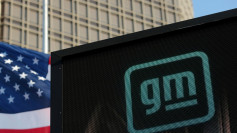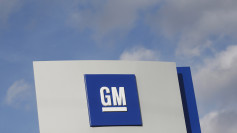In a significant escalation of labor tensions, the United Auto Workers (UAW) union has expanded its strikes against Detroit's three major automakers: Ford, General Motors, and Stellantis. The strikes, which began a week ago, initially targeted specific assembly plants and have since spread to dozens of parts distribution centers. The union's aggressive stance comes as it seeks improved contract offers from the automakers, with the possibility of further intensifying the strikes if its demands are not met.
UAW President Shawn Fain, in a scheduled video appearance, addressed union members about the ongoing negotiations and the potential for additional walkouts. While progress was reported in talks on Thursday night, the union has left the door open for further escalation. Fain's announcement was anticipated to clarify whether more workers would join the ongoing strikes against the automakers.
The core contention revolves around wage offers. The automakers' last known proposals were approximately 20% over a four-year contract duration, which is just over half of what the union has demanded. The UAW is also pushing for other contract enhancements, including cost-of-living adjustments, restoration of defined benefit pensions for new hires, and an end to varying wage tiers within the union.
The initial strikes began on September 15th when the UAW couldn't finalize new contracts with the three automakers. Last week, the union expanded its strikes to include 38 parts distribution centers operated by GM and Stellantis. Ford was exempted from this second wave of strikes as discussions with the union were reportedly progressing.
No deals, no wheels. Members of #UAW Local 900 holding the line at Michigan Assembly Plant. #StandUpUAW pic.twitter.com/cf1CVCgsQP — UAW (@UAW) September 29, 2023
The union's strategy has been unique this year. Instead of selecting one company as a potential strike target and establishing a contract agreement to serve as a pattern for the others, Fain introduced a new approach. This involved targeting a limited number of facilities across all three automakers, with the threat of adding more if the companies did not present better offers.
Currently, only about 12% of the union's 146,000 workers at the three automakers are on strike. This approach allows the UAW to conserve its strike fund, which was valued at $825 million before the strikes began on September 14th. If the entire union workforce were to strike, this fund would be exhausted in less than three months, not accounting for healthcare costs.
The ongoing strikes and negotiations underscore the broader challenges facing the auto industry, as companies navigate the transition from gas-powered vehicles to electric alternatives, all while managing labor relations and ensuring profitability.





